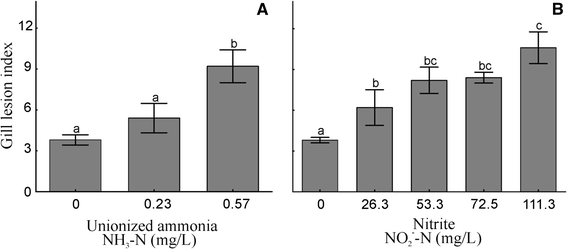- Joined
- Dec 28, 2016
- Messages
- 22,829
- Reaction score
- 21,964
I do not think you can call water treatment facility recommendations from at least 2 areas in the county which use chloramines 'anecdotal evidence'.Sorry, anecdotal evidence. People also claim seeing Bigfoot.




















